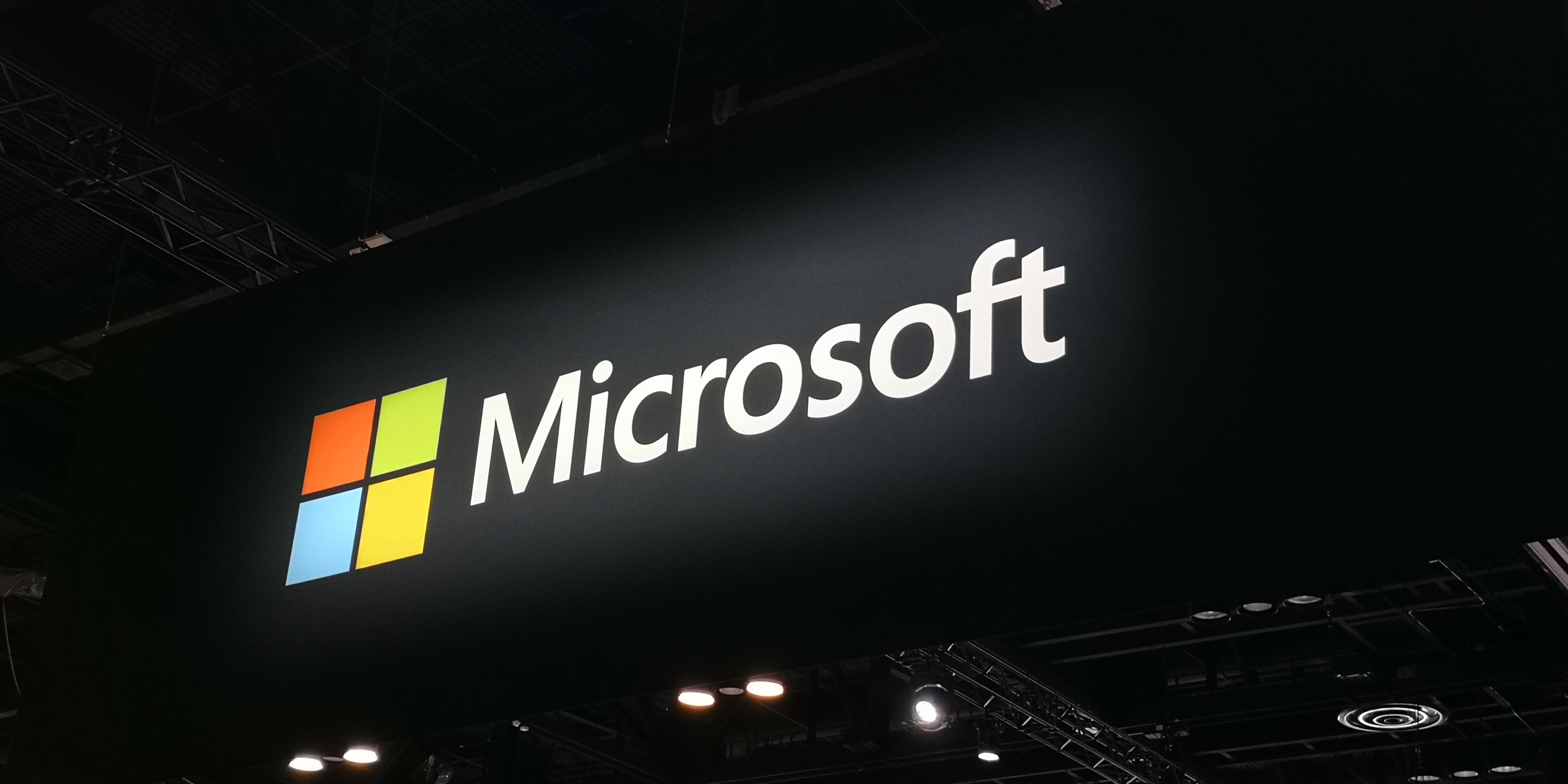Microsoft wants to take the hassle out of AI development with its ‘Models as a Service’ offering
Devs can integrate AI models without worrying about the operating infrastructure, according to Microsoft


Microsoft has added a slew of new options to its Azure AI model catalog along with the availability of Meta’s Llama 2 through its new ‘Models as a Service’ offering.
The move forms part of an effort to ensure customers have a number of different options for building their AI-infused apps, according to the tech giant. In Azure AI, for example, customers can deploy models onto their own infrastructure by going into the model catalog and selecting the model to deploy.
This is complemented by the new Models as a service offering, which operates models as API endpoints so that users have to worry less about operating infrastructure.
Models as a service essentially allows developers to integrate foundation models as an API endpoint to their applications and fine-tune models without having to manage the underlying GPU infrastructure.
As part of the move, Meta’s Llama 2 will be made available in Models as a Service through Azure AI. This will enable access to a host of Llama model ranges, including the Llama-2-7b model for text generation, and Llama-2-70b-Chat.
Llama 2 is the first family of Large Language Models through the service, Microsoft said, with more expected to follow.
Last month Microsoft said Pro developers will be able to "easily integrate the latest AI models such as Llama 2 from Meta, Command from Cohere, Jais from G42, and premium models from Mistral as an API endpoint to their applications".
Sign up today and you will receive a free copy of our Future Focus 2025 report - the leading guidance on AI, cybersecurity and other IT challenges as per 700+ senior executives
"They can also fine-tune these models with their own data without needing to worry about setting up and managing the GPU infrastructure, helping eliminate the complexity of provisioning resources and managing hosting," the firm added.
Microsoft also said that GPT-4 Turbo with Vision is now in public preview in Azure OpenAI Service and in Azure AI Studio. This is a large multimodal model developed by OpenAI that can analyze images and provide textual responses to questions about them.
RELATED RESOURCE

Previously, language models have mostly focused on text input; GPT-4 Turbo with Vision adds visual data so that, for example, it can create elaborate image captions or add rich contextual descriptions.
It incorporates both natural language processing and visual understanding, and can be combined with other Azure AI services to add features like video prompting, object grounding, and enhanced optical character recognition.
Microsoft also said that fine-tuning will be generally available for models including Babbage-002, Davinci-002, GPT-3.5-Turbo, which means developers and data scientists can now customize these Azure OpenAI Service models for specific tasks.
On top of this, the firm said it will add six new models to the Azure AI Model Catalog.
These include Phi-2, a small language model from Microsoft with 2.7 billion parameters which Microsoft said showcases state-of-the-art performance among base language models with less than 13 billion parameters.
On complex benchmarks Phi-2 matches or outperforms models up to 25x larger, the firm said.
Other models now available include:
- DeciLM-7B.
- DeciDiffusion 1.0.
- DeciCoder 1B.
- Orca 2.
- Mixtral 8x7b.
Steve Ranger is an award-winning reporter and editor who writes about technology and business. Previously he was the editorial director at ZDNET and the editor of silicon.com.
-
 TPUs: Google's home advantage
TPUs: Google's home advantageITPro Podcast How does TPU v7 stack up against Nvidia's latest chips – and can Google scale AI using only its own supply?
-
 Microsoft Excel is still alive and kicking at 40
Microsoft Excel is still alive and kicking at 40News A recent survey found Gen Z and Millennial finance professionals have a strong “emotional attachment” to Microsoft Excel
